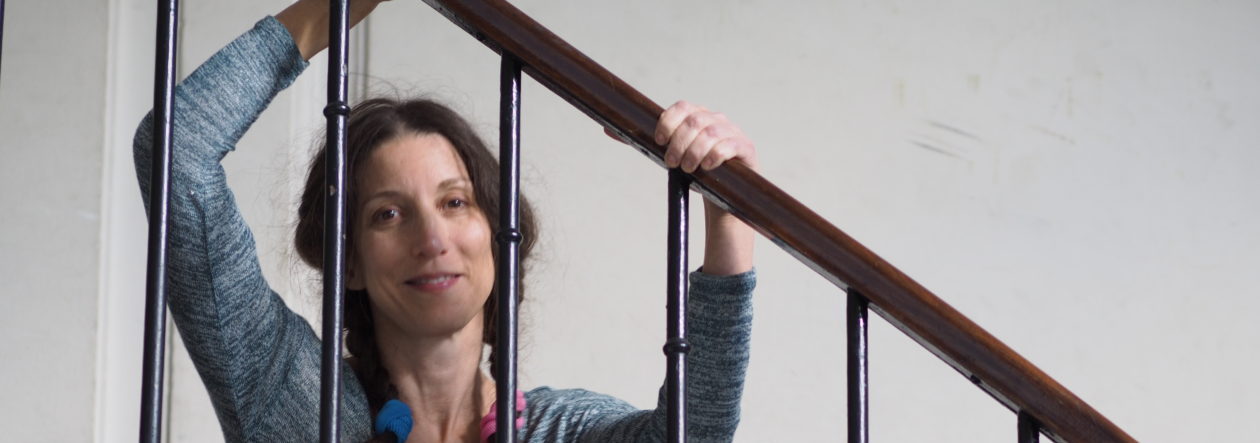FIRST POST, NOVEMBER 13, 2008
The Turkish Trial of the Century opened last month among scenes of pandemonium. With 86 defendants present, proceedings were temporarily adjourned for lack of space. The indictment against the alleged members of Ergenekon numbers 2,455 pages – the indictment of the Nazi high command at Nuremburg was less than 70 – and the defendants demanded every last page of it be read out loud.
Some poor schlub of a prosecutor dutifully droned on, page after page, day after day. Arguments broke out over the appropriateness of uttering the swearwords in a courtroom. After a week of this the defendants were so bored that the courtroom emptied out and the journalists secretly prayed for a bomb to go off, if only to relieve the tedium.
If you’re trying to make sense of this, remember that Turkish politics are like the adage about the Arabic lexicon: any given word may mean a thing, its opposite, or a camel. If that doesn’t make sense, don’t worry. Neither does Ergenekon.
The drama began last June when police discovered a crate of grenades in an Istanbul slum. Investigators claimed they belonged to a hydra-headed clique of ultranationalist conspirators named after a legend about the original pan-Turkish paradise. (Think Camelot.) Ergenekon, allegedly, was plotting a series of terrorist attacks throughout Turkey. They planned to use the ensuing chaos as a pretext to stage a coup and depose the governing AKP. Wave after wave of pre-dawn arrests followed.
The AKP’s supporters claim that Ergenekon – apparently in cooperation with every terrorist group known to man – was behind a series of bombings previously credited to the PKK, the assassination of the journalist Hrant Dink, a shooting at the Council of State, a grenade attack on a left-wing newspaper, and several recent headline-grabbing attacks on priests. For their next act, they say, Ergenekon planned to assassinate the prime minister and murder the Nobel Laureate Orhan Pamuk.
The defendants reply that Ergenekon is fictitious, an excuse for the AKP to arrest its critics. “This is 100 per cent political,” one defendant’s lawyer was reported to have said: “It has all been cooked up by the government and by the imperialist powers, the CIA, Mossad and the Jewish lobby and the European Union to eliminate Turkish nationalism.”
So who, puzzled observers may be wondering, are the real conspirators here?
Many of the accused are, if not guilty as charged, guilty of something. It is hard to lament the detention of the creepy ultranationalist lawyer Kemal Kerincsiz, who has made a career of filing nuisance suits against Turkish writers and intellectuals, or Sami Hostan, known in connection with the 1996 Susurluk car crash, in which a police chief, an ultranationalist fugitive, a member of parliament, and a Turkish beauty queen-turned-mafia hit-woman wound up dead in a pile of fake passports, weapons, silencers, and narcotics.
Turkey is assuredly full of ultranationalists who are up to no good, and if the Turks are unusually partial to conspiracy theories, their country is also unusually prone to conspiracies. There have been four coups here in the past five decades. Each, obviously, was prefaced by a genuine conspiracy and all were justified by the need to preserve the nation from civil unrest. So the idea of Ergenekon is not as ludicrous on the face of it as it sounds.
But it defies all logic to believe that Ergenekon is as powerful, wide-ranging and inventively wicked as the government claims. For one thing, if you put all the defendants in a room together, they’d immediately kill each other.
This group of arch-secular nationalists has supposedly been in bed with the Maoist PKK, the extreme-left Revolutionary People’s Liberation Party, the Islamist Hizbullah and Milli Gorus, the ultranationalist Turkish Revenge Brigades, the Turkish Workers’ and Peasants’ Liberation Army, the Marxist-Leninist Communist Party, and the Islamic Great East Raiders Front. That makes for one highly promiscuous conspiracy.
It’s true that historically, these ideological borders have proved easier to cross in practice than you might think (just change ‘international’ to ‘national’ and Bob’s your uncle), but these detainees are not merely enemies on paper – they’re actual enemies. During the 1990s, for example, two of the men now charged with founding Ergenekon ran death squads that killed suspected PKK sympathizers. The elderly communist editor of a left-wing newspaper has been detained even though prosecutors claim that Ergenekon was behind the bombing of that very same newspaper. It is hard to imagine just how this fractious rabble could have organised a coup that clearly would have required tight operational security and a degree of mutual trust not usually found among murderers and the intimates of their victims.
The timing of the arrests has been suspicious, too, even to those who are not by nature conspiracy-minded. The first wave of arrests took place just weeks before parliamentary elections for the presidency, deflecting attention from the AKP’s controversial decision to put one of its top men in the post. In March, Turkey’s chief prosecutor filed a lawsuit demanding the closure of the AKP. (Yes, that’s the same prosecutor, and no, no one knows whose side they’re really on.) Another wave of arrests followed within hours. The next wave followed the prosecutor’s opening arguments. When a corruption scandal involving the senior ranks of the AKP hit the papers, police immediately rounded up yet another group of plotters. (This time, having run out of plausible candidates for detention, they arrested a well-known transsexual concert organizer.)
National stereotypes tend not to come from nowhere. If the Italians have a special feeling for wedding cakes and the English for rose gardens, Turks really do have a knack for conspiracies. The Ergenekon trial displays this talent in its most advanced form – though it does no party to the story much credit otherwise.
